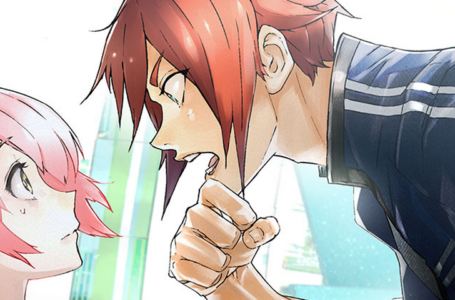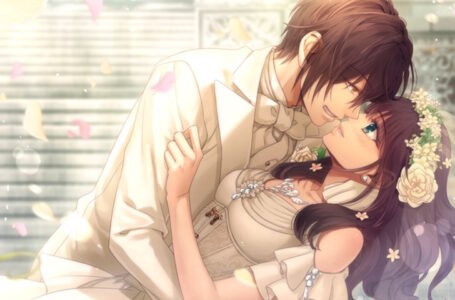Reflecting on Doki Doki Literature Club in time for its new physical release
Doki Doki Literature Club Plus gets its physical release in Europe today, so those of you who managed to preorder from our friends at Funstock early enough should be receiving them very soon if you haven’t already! Funstock is, unfortunately, sold out at the time of writing — but you can still nab a copy from some sellers on Amazon. And you should, ’cause Doki Doki Literature Club is still one of the best visual novels around.
Doki Doki Literature Club Plus has been out for a while digitally and got a North American physical release a little while back, but its arrival in Europe means that everyone can finally enjoy the sight of Monika gazing lovingly at them from their shelf.
So with that in mind, I thought it might be worth reflecting on Doki Doki Literature Club’s place in popular culture — and why this is a game worth experiencing if you’ve not yet had the pleasure. Hell, with the new stuff in the Plus version, it’s well worth revisiting, for that matter. For the benefit of Doki Doki Literature Club newcomers, we’ll be keeping this article spoiler-free.
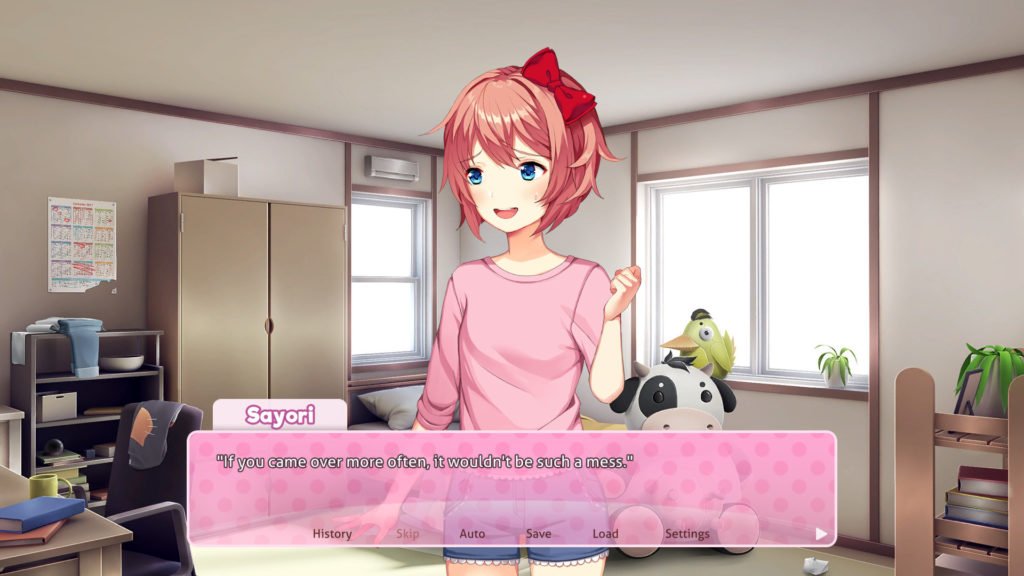
If you’ve never played it before, Doki Doki Literature Club might initially seem like your common-or-garden high school romance visual novel — were it not for the prominent warning prior to the game starting that it contains disturbing content.
I’ve felt conflicted about this ever since the game first released; on the one hand, I understand why it’s there — a significant proportion of people in the western audience demand that such warnings are in place these days, and for many developers it’s easier to just put them in and keep people quiet. But on the other, I feel like it diminishes the impact of some of the game’s revelations — because the warning means that you’re expecting them.
The whole “thing” with Doki Doki Literature Club is that in its initial hours, it does a really good job of paying homage to the classic high school romance visual novel formula — and it does so completely unironically. There’s no sense that it’s mocking people who like that sort of thing; indeed, I’d go so far as to argue that the game’s writing demonstrates a keen understanding of the genre and its appeal for many. All too often, English-first visual novels have a snarky, sneery tone to them, and this is completely absent from Doki Doki Literature Club’s opening hours; it’s composed with genuine affection and warmth, and that’s one of the things that makes it so effective.
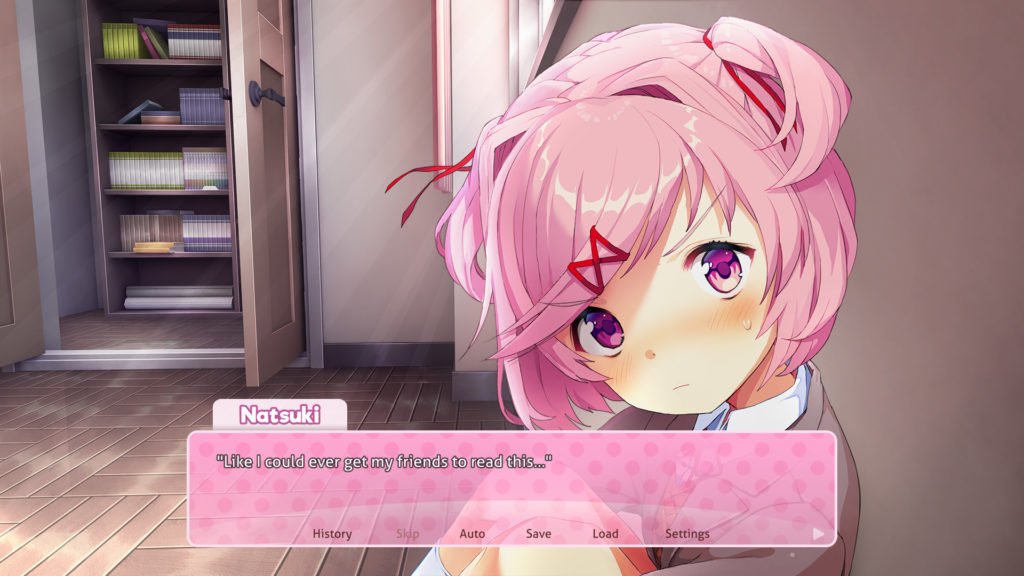
Not only that, but the overall look and feel of the game really nails the “wholesome romantic visual novel” vibe. Its acoustic guitar and synth-heavy soundtrack in particular really gets the “Theme of Every Day” feel absolutely right. Dan Salvato and company definitely did their research when attempting to make the opening as “authentic” as possible.
There’s an argument to be made at this point that while the initial warning does mean that you’re expecting something unpleasant to happen at some point — and for some, that would constitute a “spoiler” — there’s also value to be had from the sense of constant unease this creates. Given how warm, friendly and wholesome the opening of the game is, what could possibly happen to warrant such a severe warning? And when is it going to happen?
Those who have already played the game know precisely what happens, of course, but for those who are new to it, that sense of lurking dread can be surprisingly effective. Hell, even if you’re watching someone else play the game having experienced it yourself, observing that player’s reactions as the story progresses is an absolute joy, as anyone who has ever enjoyed some of the more legendary Let’s Plays out there (ProJared and Game Grumps’ being personal favourites) will attest.
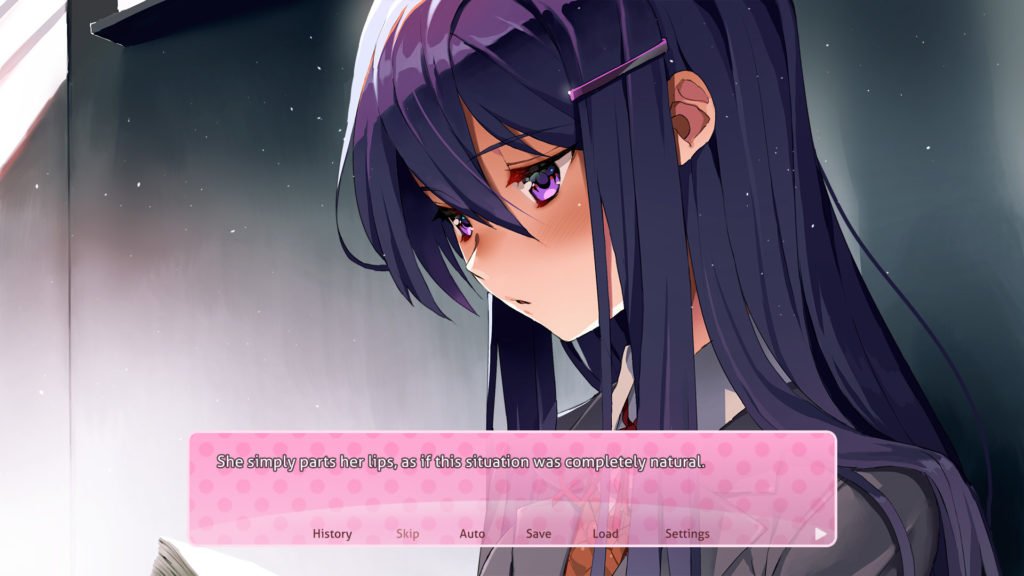
Doki Doki Literature Club is also written in such a way that even without the initial warning, visual novel veterans will be able to tell that something is wrong well before “the bad thing” actually happens. The thing with Japanese visual novels in particular is that they’ve always been willing to tackle subject matter that more mainstream games tend to shy away from — and not just sexual content, either.
This is part of what Doki Doki Literature Club pays homage to with its overall tone and sense of respect for the genre; it’s actually pretty rare to find a romantic visual novel that is just about cute girls doing cute things. Rather, we tend to find that the most interesting and best visual novels are about cute girls with varying degrees of trauma doing cute things. And that sense of trauma, in most cases, is something that is revealed gradually and subtly rather than being suddenly blurted out.
Doki Doki Literature Club absolutely nails this side of things — and while the resultant “bad thing” has had its effect somewhat diminished by the tedious memesters of the Internet, nothing can quite prepare you for experiencing it the first time, particularly with the well-handled build-up towards it in the preceding scenes.
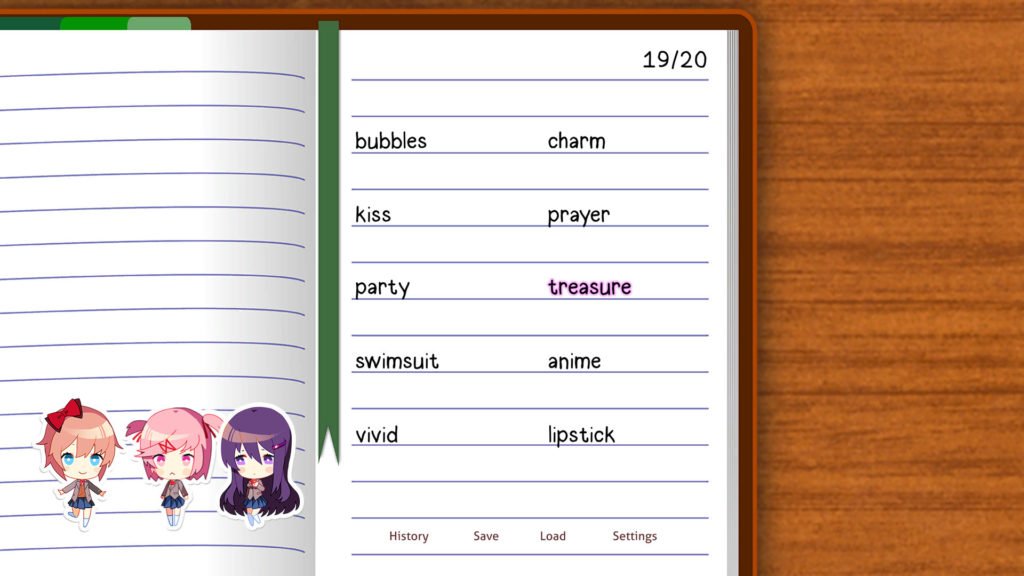
The interesting thing about Doki Doki Literature Club Plus in particular is that while everything following the initial “bad thing” in the main story of the game causes pretty much everything to collapse in on itself in spectacular fashion, the “side stories” additional material allows us to enjoy more time in the company of the various characters in a somewhat more restrained manner. This is an acknowledgement from Salvato and company that despite… certain revelations being a thing, there is genuine affection for all the characters in this visual novel — and that people really do want to find out more about them.
While your outlook on the various side stories may change somewhat depending on exactly when you choose to engage with them — or whether you’ve already played through the original story — that is, in many ways, one of the more interesting things about Doki Doki Literature Club Plus. Knowing what you (might) know, does that change how you feel about the characters? Does that put a new perspective on their relationships with one another? What is “real” anyway — and does it matter?
As much of a meme as Doki Doki Literature Club has become over the years since its original release — largely as a result of people who don’t know how to stop beating a joke’s mangled carcass long after it has died — it’s still very much a worthwhile experience, and a very good example of how the conventions of video games and surrounding media can be used in highly creative, artistic ways.
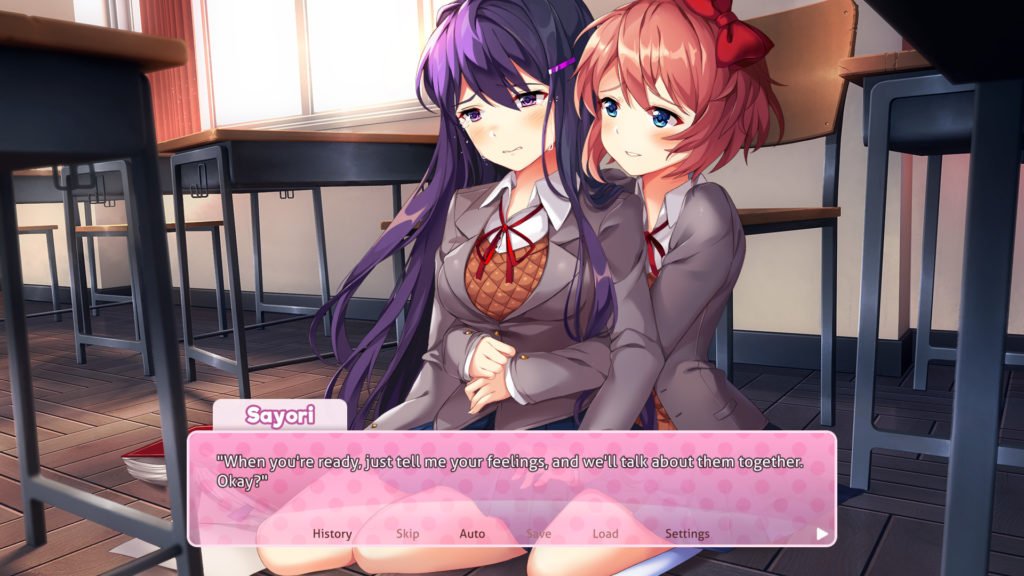
So if you’ve never experienced it for yourself — even if you’ve had things spoiled for you — it’s well worth taking that little trip to the Literature Club room and seeing just what it’s like to hang out with some cute girls who love poems. And if you have previously spent some time in the company of Monika and friends… well, I’m sure they’ll be very happy to see you again.
Doki Doki Literature Club Plus is available now for PC, Nintendo Switch and PlayStation 4/5.
- Letter from the Editor: passing the torch - June 30, 2023
- Super Woden GP 2 is looking promising - June 30, 2023
- Inti Creates is making a 32 bit-style Love Live action platformer - June 26, 2023



